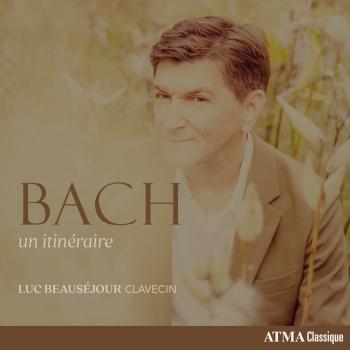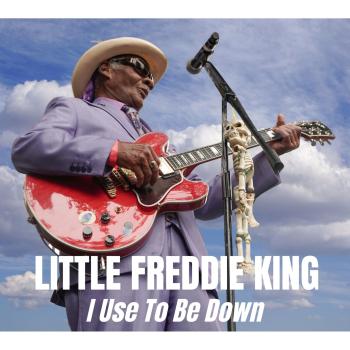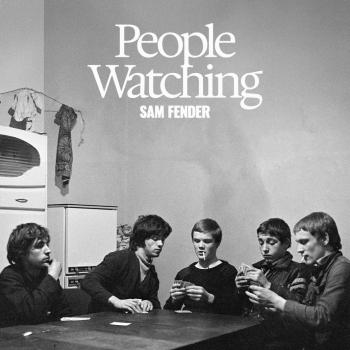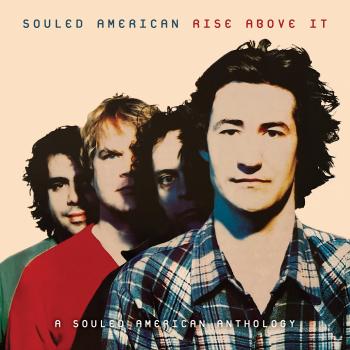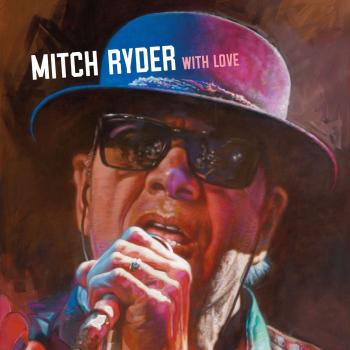
The Scene Changes: The Amazing Bud Powell (Vol. 5) Bud Powell
Album Info
Album Veröffentlichung:
1959
HRA-Veröffentlichung:
27.06.2015
Das Album enthält Albumcover
Entschuldigen Sie bitte!
Sehr geehrter HIGHRESAUDIO Besucher,
leider kann das Album zurzeit aufgrund von Länder- und Lizenzbeschränkungen nicht gekauft werden oder uns liegt der offizielle Veröffentlichungstermin für Ihr Land noch nicht vor. Wir aktualisieren unsere Veröffentlichungstermine ein- bis zweimal die Woche. Bitte schauen Sie ab und zu mal wieder rein.
Wir empfehlen Ihnen das Album auf Ihre Merkliste zu setzen.
Wir bedanken uns für Ihr Verständnis und Ihre Geduld.
Ihr, HIGHRESAUDIO
- 1 Cleopatra's Dream 04:24
- 2 Duid Deed 05:08
- 3 Down With It 04:00
- 4 Danceland 03:43
- 5 Borderick 02:01
- 6 Crossin' The Channel 03:31
- 7 Comin' Up 07:57
- 8 Gettin' There 05:04
- 9 The Scene Changes 04:04
Info zu The Scene Changes: The Amazing Bud Powell (Vol. 5)
“The Scene Changes” betitelte Blue Note 1959 ein Album von Bud Powell. Und der brillante Bebop-Pianist war tatsächlich einer der Musiker gewesen, die die Jazzszene grundlegend verändert hatten. Bevor er nach Paris übersiedelte, nahm Powell Ende Dezember 1958 mit dem Bassisten Paul Chambers und dem Schlagzeuger Art Taylor dieses letzte Album für Blue Note auf, das vor allem seine Fähigkeiten als Komponist hervorhob. In Paris sollte Powell erst drei Jahre später wieder in ein Studio gehen, um endlich ein neues Album einzuspielen.
“The Scene Changes” betitelte Blue Note 1959 ein Album von Bud Powell. Und der brillante Bebop-Pianist war tatsächlich einer der Musiker gewesen, die die Jazzszene grundlegend verändert hatten. Bevor er nach Paris übersiedelte, nahm Powell Ende Dezember 1958 mit dem Bassisten Paul Chambers und dem Schlagzeuger Art Taylor dieses letzte Album für Blue Note auf, das vor allem seine Fähigkeiten als Komponist hervorhob. In Paris sollte Powell erst drei Jahre später wieder in ein Studio gehen, um endlich ein neues Album einzuspielen.
Bud Powell, Klavier
Paul Chambers, Bass
Art Taylor, Schlagzeug
Recorded in December 29, 1958 at Rudy Van Gelder Studio in Hackensack, New Jersey
Engineered and mastered by Rudy Van Gelder
Produced by Alfred Lion
Digitally remastered
Bud Powell
Earl "Bud" Powell was born in New York City on September 27, 1924, to a musical family. His grandfather had picked up Flamenco guitar in Cuba during the Spanish American War, and his father, William, was a stride pianist who taught Bud the rudiments of the instrument.
He quit school at 15 and began working small clubs in Coney Island. After his regular gigs he would tour the Harlem bars. Thelonious Monk introduced him to the nascent musical revolution at Minton’s. Thus before he was 18, Bud had played with Charlie Christian and Charlie Parker and had come under Monk’s pervasive influence. A year later, when he joined Cootie Williams’ band, he was instrumental in getting Williams to record Monk’s "’Round Midnight."
Bud recorded with Cootie’s big band and sextet in 1944, his first recordings. A year later, at 21, he was arrested in Philadelphia for disorderly conduct and a month after was sent to a mental institution, the first of many.
From that point on, there seemed to be two Bud Powells, the fabulous pianist and the distinctive composer who could be heard on 52nd Street with Dexter Gordon, Sonny Stitt, Dizzy Gillespie, Don Byas, Sidney Catlett, and others, and the erratic, heavy-drinking, frequently querulous man who was a patient in a succession of mental institutions.
What we can say with certainty is that between 1947 and 1953, Bud Powell recorded some of the most startling piano music of our time. In later years, the thundering technique withered into incoherence, the fine, steely triphammer melodic lines were dulled — some of the recordings are painful to hear. But the spark of greatness never completely abandoned him and there are moments throughout his brief, tortured career when the intensity of his thought seems to impel his fingers in sustained creativity.
In 1959, Bud Powell moved to Paris where he received some of the recognition due him. His drinking was a constant problem, however, and although he did some substantial playing in this period, he was suffering from tuberculosis as well as alcoholism. Partially motivated by the expenses incurred during his illness, Bud returned to the United States in August 1964. Upon returning to New York, he was warmly received by the fans at Birdland for an extended engagement. The critical response reflected his inconsistency — some insisted he was in top form, others left in embarrassed disappointment. After the Birdland engagement, he lived in Brooklyn and worked sporadically; he appeared on a concert bill with Albert Ayler and Milford Graves.
But Powell died August 1, 1966 — the diagnosis was tuberculosis, alcoholism, and malnutrition.
Gary Giddins, Excerpted from: Bud Powell Jazz Giant 829 937-2. Source Verve Records)
Dieses Album enthält kein Booklet

